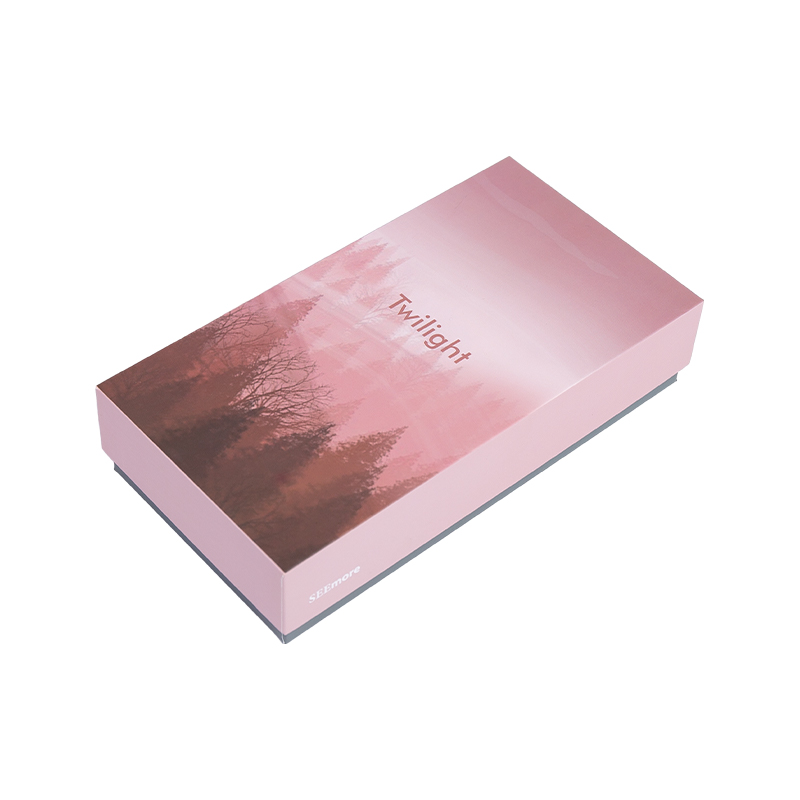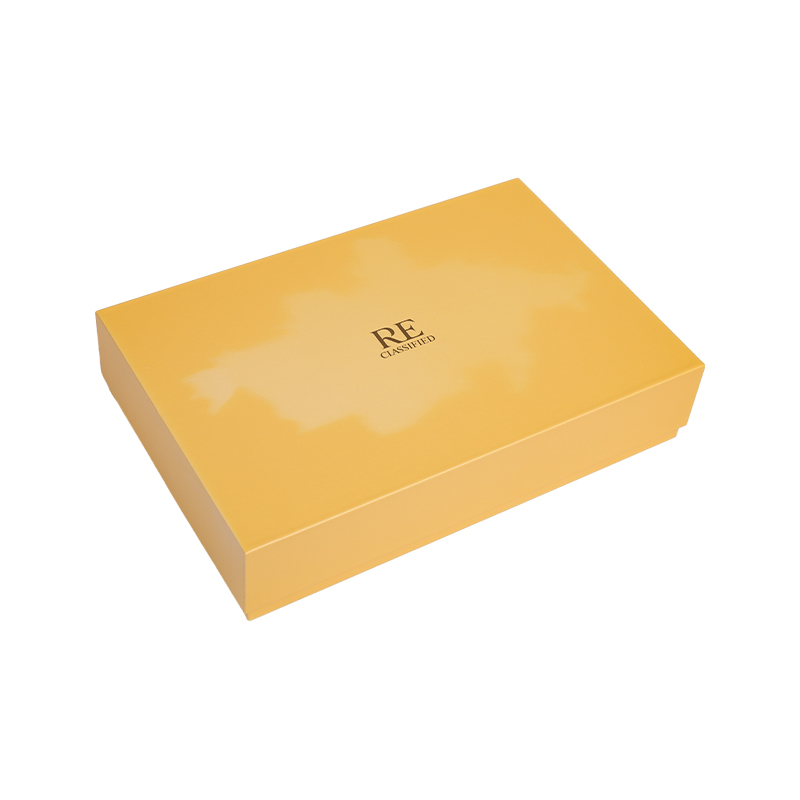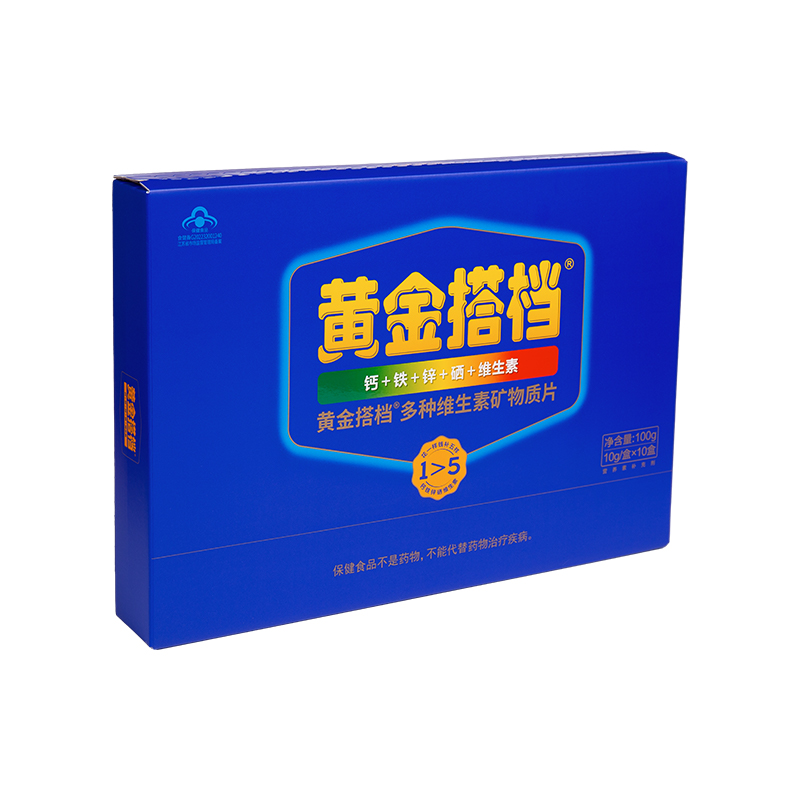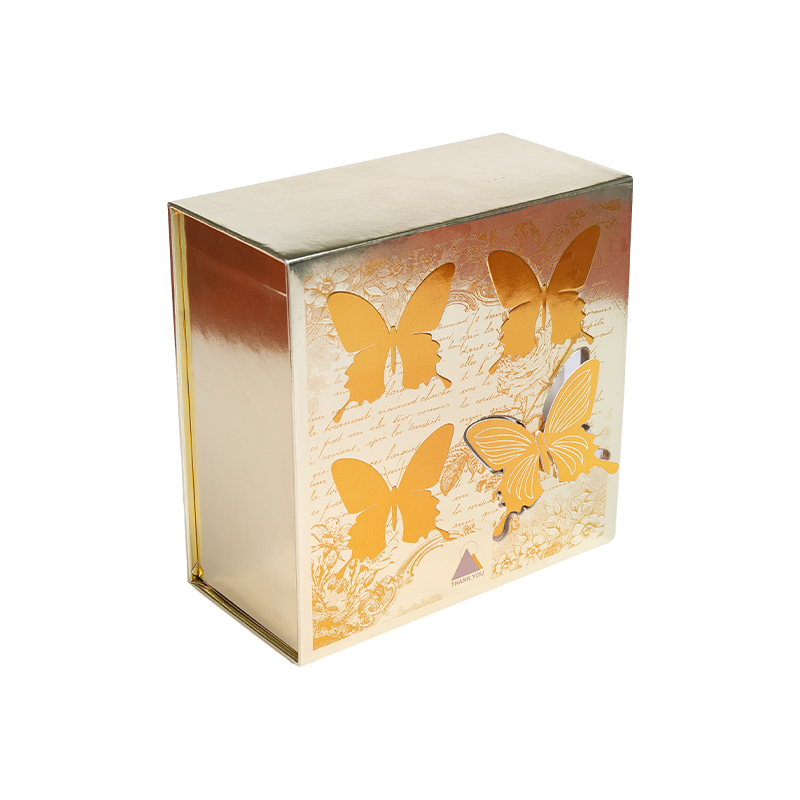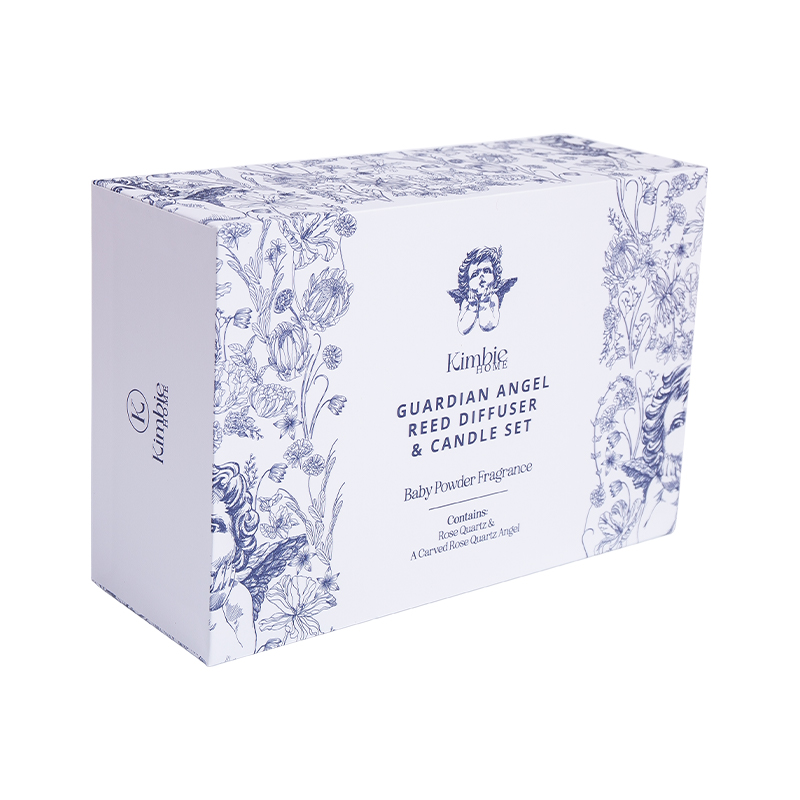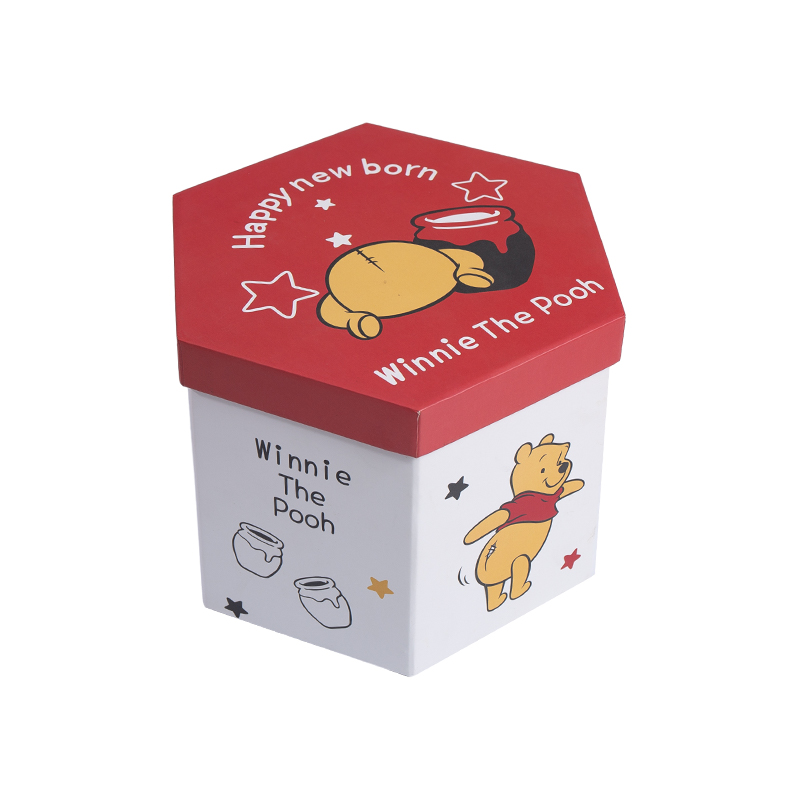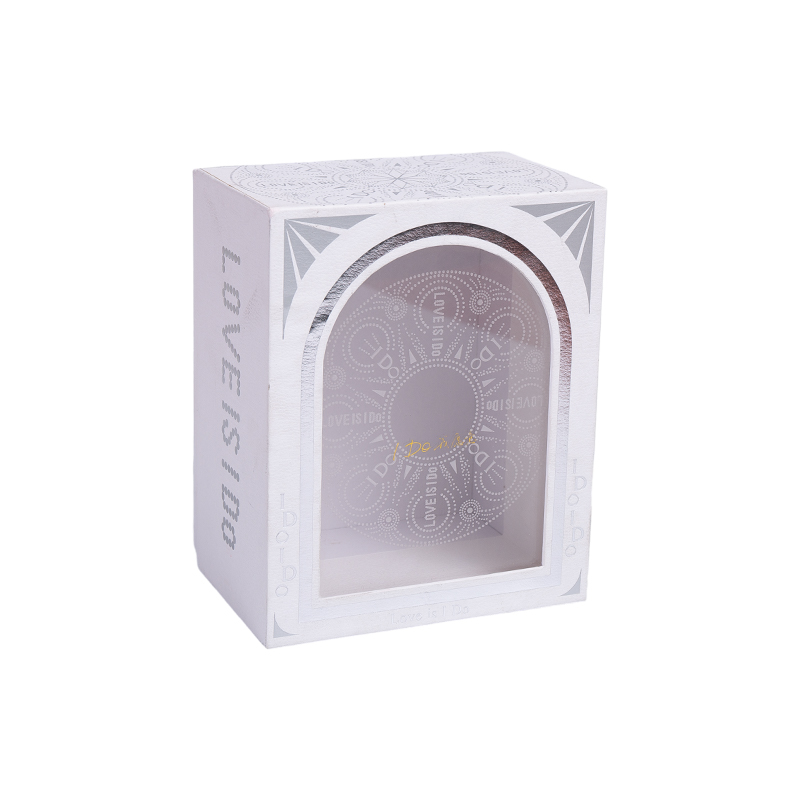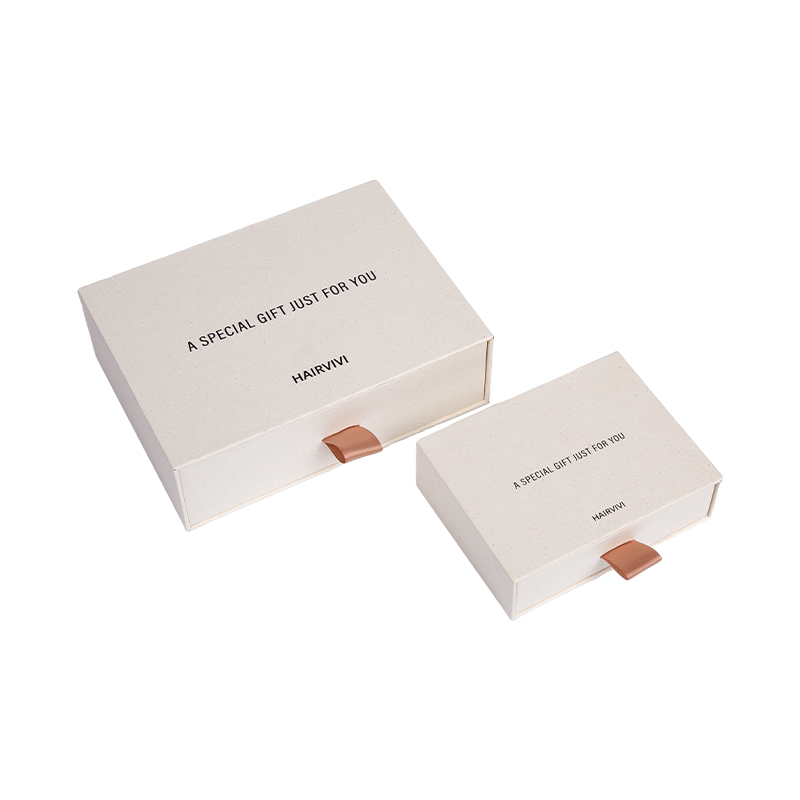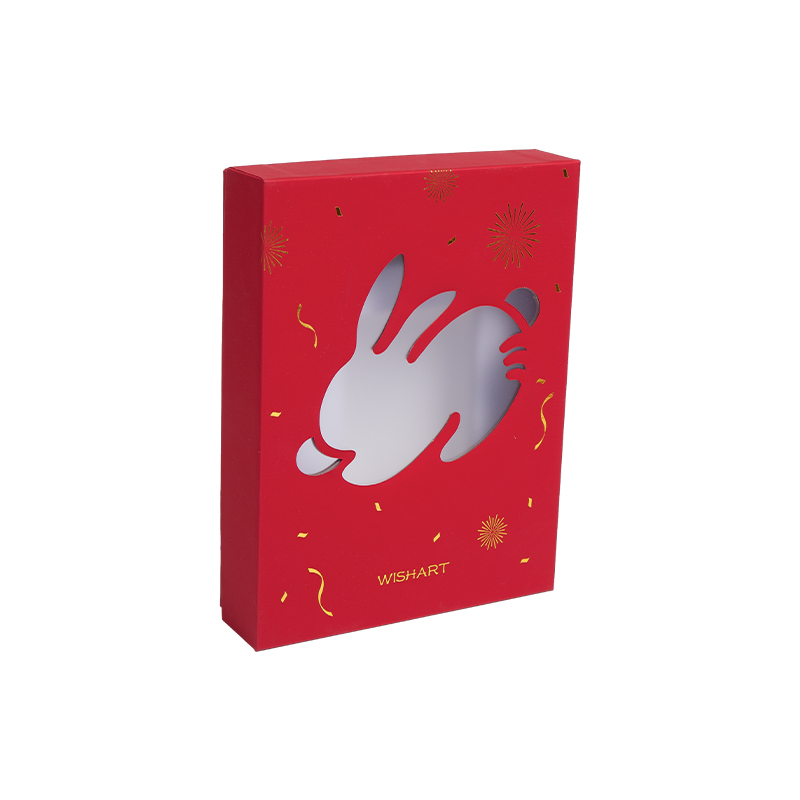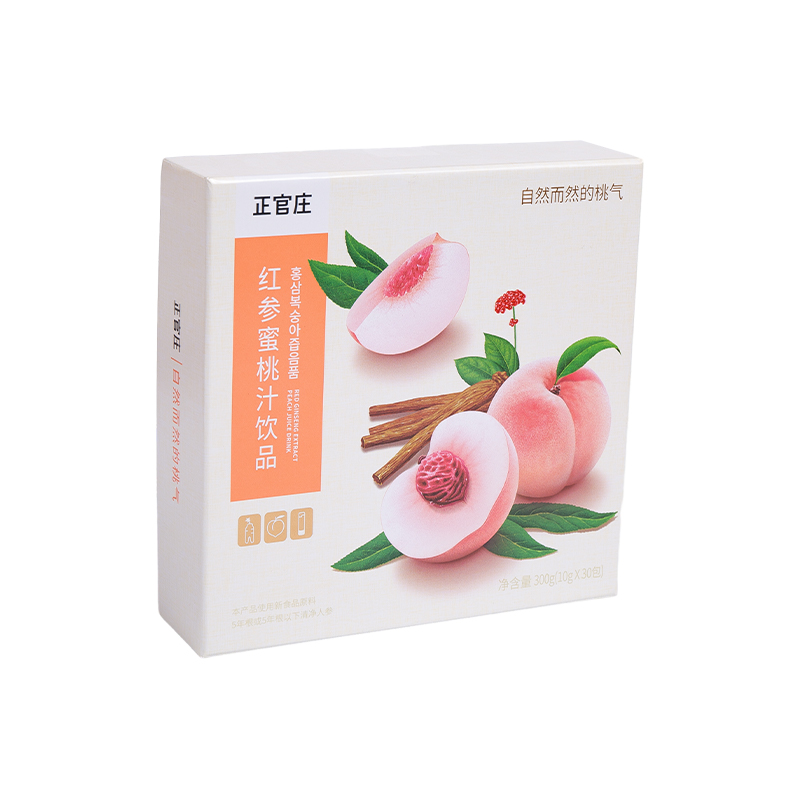In today's era of fast consumption, the speed of commodity circulation is unprecedented, and behind this, cardboard packaging boxes, as the "travel suitcases" of commodities, play a vital role. They are not only the basic elements in the logistics chain, but also the perfect combination of environmental protection concepts and innovative designs.
The basic function of cardboard packaging boxes is to protect the safety of commodities during transportation. They are usually made of multiple layers of cardboard, with good compression and tear resistance, and can effectively resist external impact and extrusion. Whether it is fragile glass products or bulky mechanical equipment, cardboard packaging boxes can provide just the right protection to ensure that the goods are delivered to consumers intact. This functional design not only improves logistics efficiency, but also reduces the economic losses caused by commodity damage.
The environmental advantages of cardboard packaging boxes cannot be ignored. At a time when resources are becoming increasingly scarce and environmental pollution is becoming increasingly serious, cardboard, as a renewable and degradable material, has become the first choice of the packaging industry. Compared with traditional packaging materials such as plastics and metals, the production process of cardboard consumes less energy, and it has less impact on the environment after production, use and disposal. In addition, cardboard packaging can be recycled and converted into new paper products through reprocessing, thus forming a closed-loop circular economy system. This environmentally friendly feature not only conforms to the concept of sustainable development, but also meets consumers' demand for green consumption.
The charm of cardboard packaging is far more than that. In the field of innovative design, cardboard packaging also shows unlimited creativity and possibilities. With the growing demand of consumers for personalized and differentiated products, cardboard packaging has also begun to assume the functions of brand communication and product display. Designers have turned cardboard packaging into pieces of art through clever ideas and exquisite craftsmanship. Whether it is a unique shape, exquisite pattern, or creative interactive design, consumers can feel the charm of the brand and the value of the product at the moment they receive the goods.
In addition, cardboard packaging has also shown great potential in the field of intelligent packaging. By integrating intelligent technologies such as sensors and RFID tags, cardboard packaging can realize real-time monitoring and tracking of goods during transportation. This intelligent design not only improves the efficiency and accuracy of logistics management, but also provides consumers with a more convenient and transparent shopping experience.
There is still more room for exploration in the sustainable development of cardboard packaging. For example, by using bio-based materials or adding degradable additives, the environmental performance of cardboard can be further improved; by optimizing structural design, material waste and transportation costs can be reduced; and by promoting recycling and recovery systems, a more complete circular economy industrial chain can be formed.

 中文简体
中文简体 
 English
English